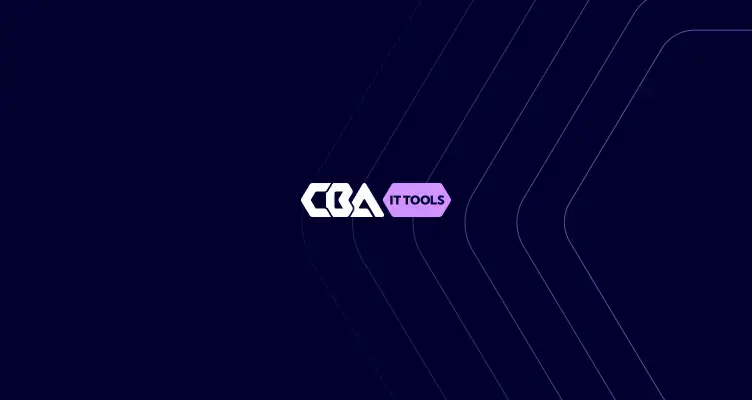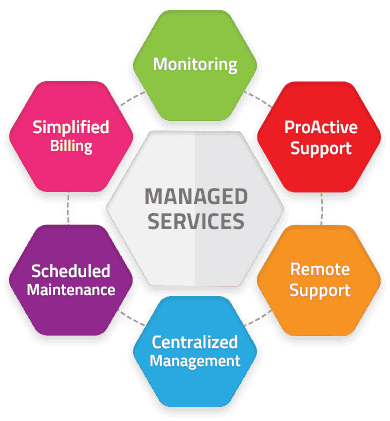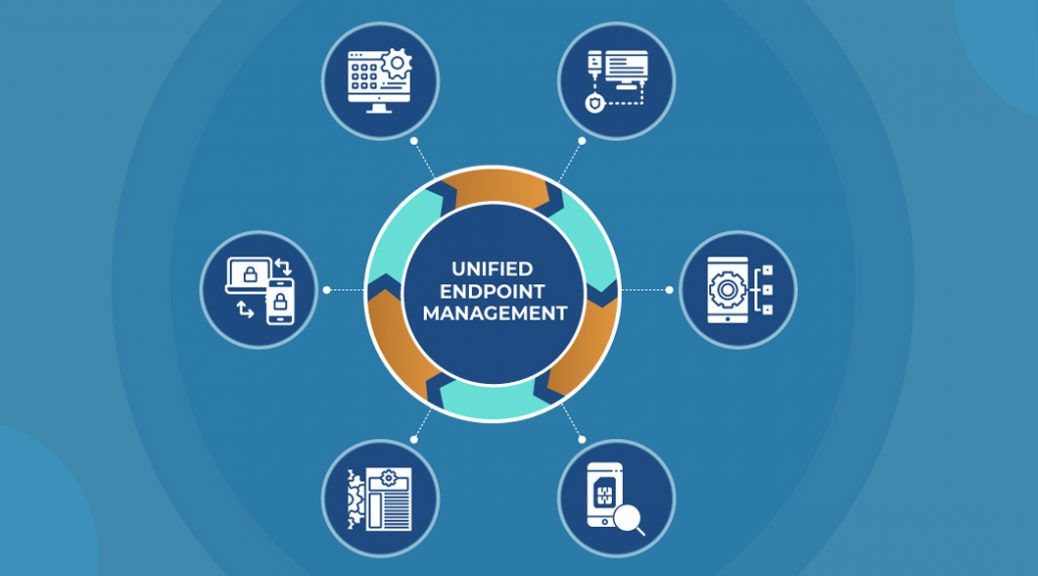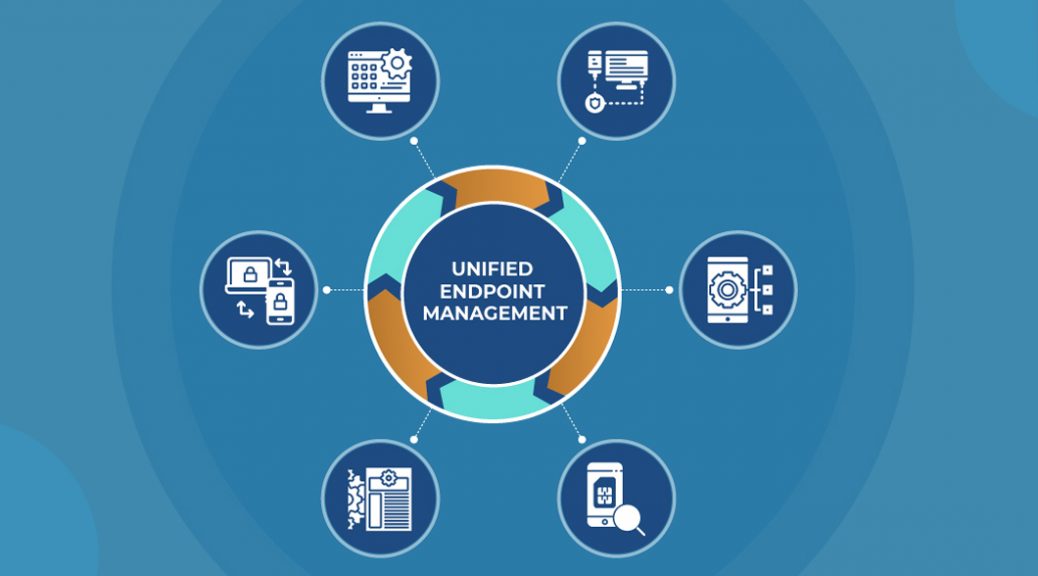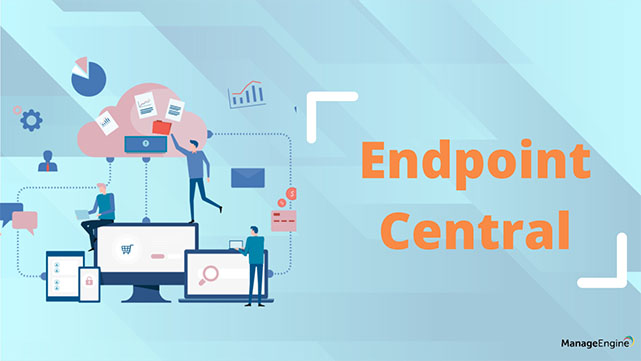Endpoint Central vs. Ivanti: Key Differences Explained
Discover the key differences between Endpoint Central and Ivanti. Compare usability, security, reporting, and integrations in one clear overview.
A comparison between Endpoint Central vs. Ivanti
|
Feature |
Ivanti |
|
|
Zero-touch deployment |
✔ |
✘ |
|
DPO Dashboard |
✔ |
✘ |
|
Agent rebranding |
✔ |
✘ |
|
Password-protect DB backup |
✔ |
✘ |
|
SID Customization |
✔ |
✘ |
|
Detect end-of-life software |
✔ |
✘ |
|
Self-service portal for patches |
✔ |
✘ |
|
Prohibit software with auto-uninstall |
✔ |
✘ |
|
Audit history for blocked software |
✔ |
✘ |
|
AI analysis (Zia) |
✔ |
✘ |
|
Get user consent for remote support |
✔ |
✘ |
|
Capture Alpha-Blending in remote support |
✔ |
✘ |
|
Disk cleanup, defrag, check disk |
✔ |
✘ |
|
Configuration & USB reporting |
✔ |
✘ |
|
Browser compliance & mobile browser security |
✔ |
✘ |
|
Flexibility mode |
✔ |
✘ |
|
Extensive integrations (ITSM, SIEM, MTD, etc.) |
✔ |
Limited / add-on dependent |
Explanation: Endpoint Central vs. Ivanti
Managing and securing endpoints is a complex challenge. Both Endpoint Central and Ivanti offer strong capabilities, but the real differences lie in ease of use, automation, and depth of functionality.
1. Deployment and ease of use
Endpoint Central excels in quick deployment: it can be fully operational within minutes. With zero-touch deployment, organizations can automatically onboard endpoints without manual intervention. Ivanti lacks this feature, often requiring more time and effort.
2. Security and compliance
While both tools provide patching and vulnerability management, Endpoint Central goes further. It detects end-of-life software, offers a DPO dashboard for data protection, and includes AI-powered analysis (Zia). Ivanti does not match these capabilities, making Endpoint Central stronger in proactive security and compliance.
3. Automation and self-service
Endpoint Central offers extensive self-service portals where end-users can request or install patches and software themselves. This reduces the workload for IT teams significantly. Ivanti provides only limited options in this area.
4. Reporting and insights
Endpoint Central delivers detailed reports, including USB and configuration reports, along with system maintenance tools such as disk cleanup. Ivanti lacks many of these reporting options, which can leave visibility gaps in endpoint management.
5. Integrations and ecosystem
Ivanti often relies on add-ons or separate products, whereas Endpoint Central offers a wide range of native integrations. These include ServiceNow, Jira, Splunk, Tenable, and even Mobile Threat Defense (Checkpoint). This makes it easier to embed Endpoint Central into existing IT and security ecosystems.
6. End-user experience and remote support
Endpoint Central adds an extra layer of security in remote sessions by requesting user consent beforehand. Additional features like Alpha-Blending capture and Flexibility mode improve usability for IT teams. Ivanti lacks these refinements.
Conclusion
While both Endpoint Central and Ivanti provide a solid foundation for endpoint management, Endpoint Central clearly stands out in automation, security, reporting, and integrations. For organizations that want greater control over their IT environment while reducing pressure on IT staff, Endpoint Central simply offers more powerful and future-ready functionality.

Sign up for our newsletter
Stay updated with our latest products and offers by subscribing to our newsletter

Sign up for our newsletter
Stay updated with our latest products and offers by subscribing to our newsletter

